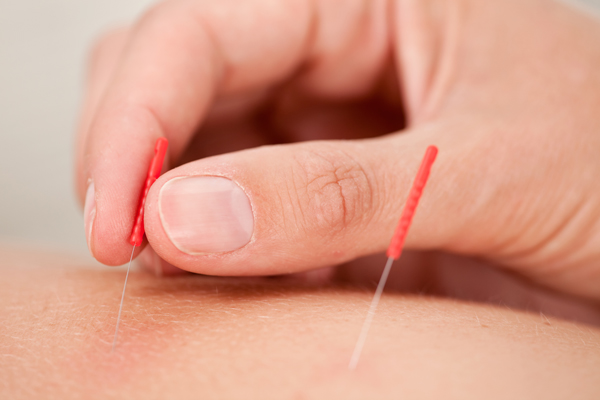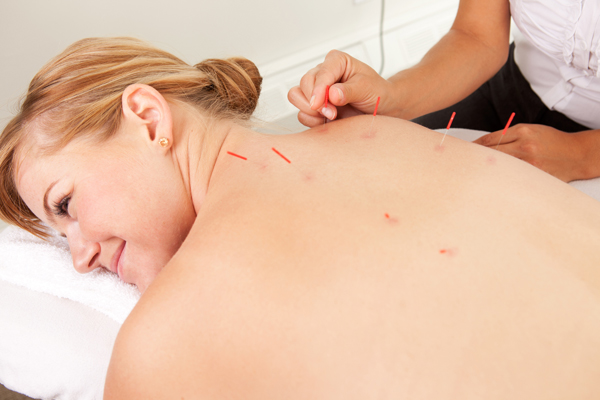Acupuncture involves the insertion of very fine stainless steel needles into the skin and forms part of traditional Chinese medicine (TCM). This ancient system of medicine dates back as far as 1000 years BC and regards ill health as a state of imbalance in the body’s energy. This energy is referred to as Qi and is described in terms of Yin and Yang energy. Practitioners of TCM believe that stimulating certain Acupuncture points on the body can help to restore the balance between Yin and Yang that becomes disturbed in illness.
Acupuncture can reduce pain by stimulating the brain and spinal cord to produce natural pain-relieving chemicals such as endorphins and serotonin. These chemicals assist the body's healing processes and offer pain relief Acupuncture can also stimulate nerve fibres to block out pain signals and reduce tender points in the body.
Physiotherapists combine TCM principles with scientific evidence as a means of reducing pain and promoting healing, always with the aim of enhancing physiotherapy treatments such as exercise and rehabilitation techniques to promote recovery and improve quality of life.
When you receive acupuncture it is advisable to have eaten something 1-2 hours before your treatment to help reduce the risk of feeling faint during the treatment. The needles are inserted through the skin either at the areas you feel the pain, away from the pain or a combination of both. The needles may then be stimulated by gently rotating them half way through the session.
Number of treatment sessions will vary from person to person as everyone responds differently. People sometimes have an immediate relief of their symptoms, while others see more a gradual improvement. It is common for the symptoms to feel aggravated for up to 24 hours after the treatment but then see marked improvement.
Acupuncture is a very safe treatment modality when practised by a member of the Acupuncture Association of Chartered Physiotherpists (AACP) because of the strict guidelines regarding hygiene, training courses and continual professional development requirements to remain on the register.
The needles used are individually packaged, sterile and disposed of after single use. There are occasionally minor side effects including: fatigue, nausea, light headedness, bruising and soreness.

